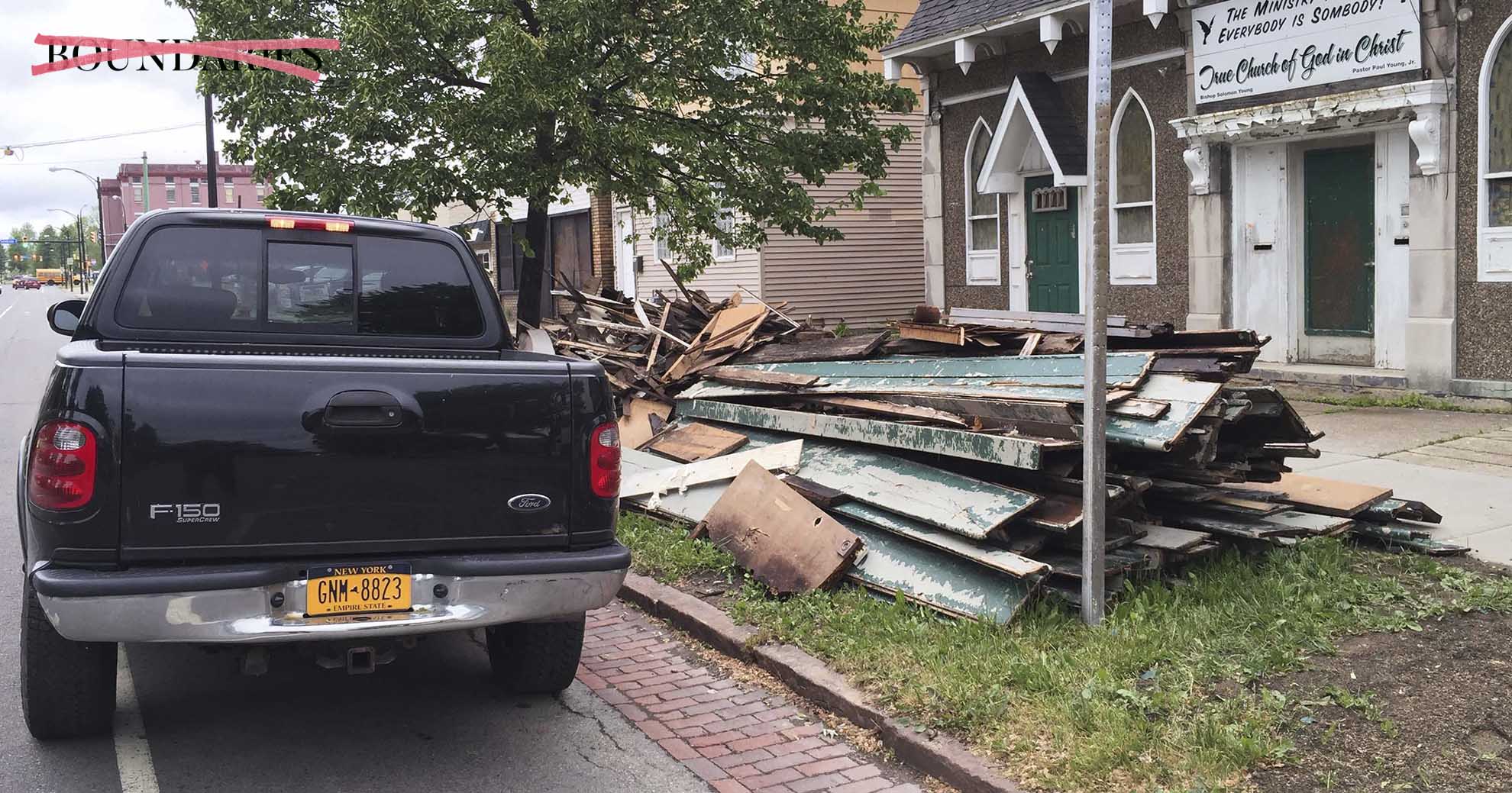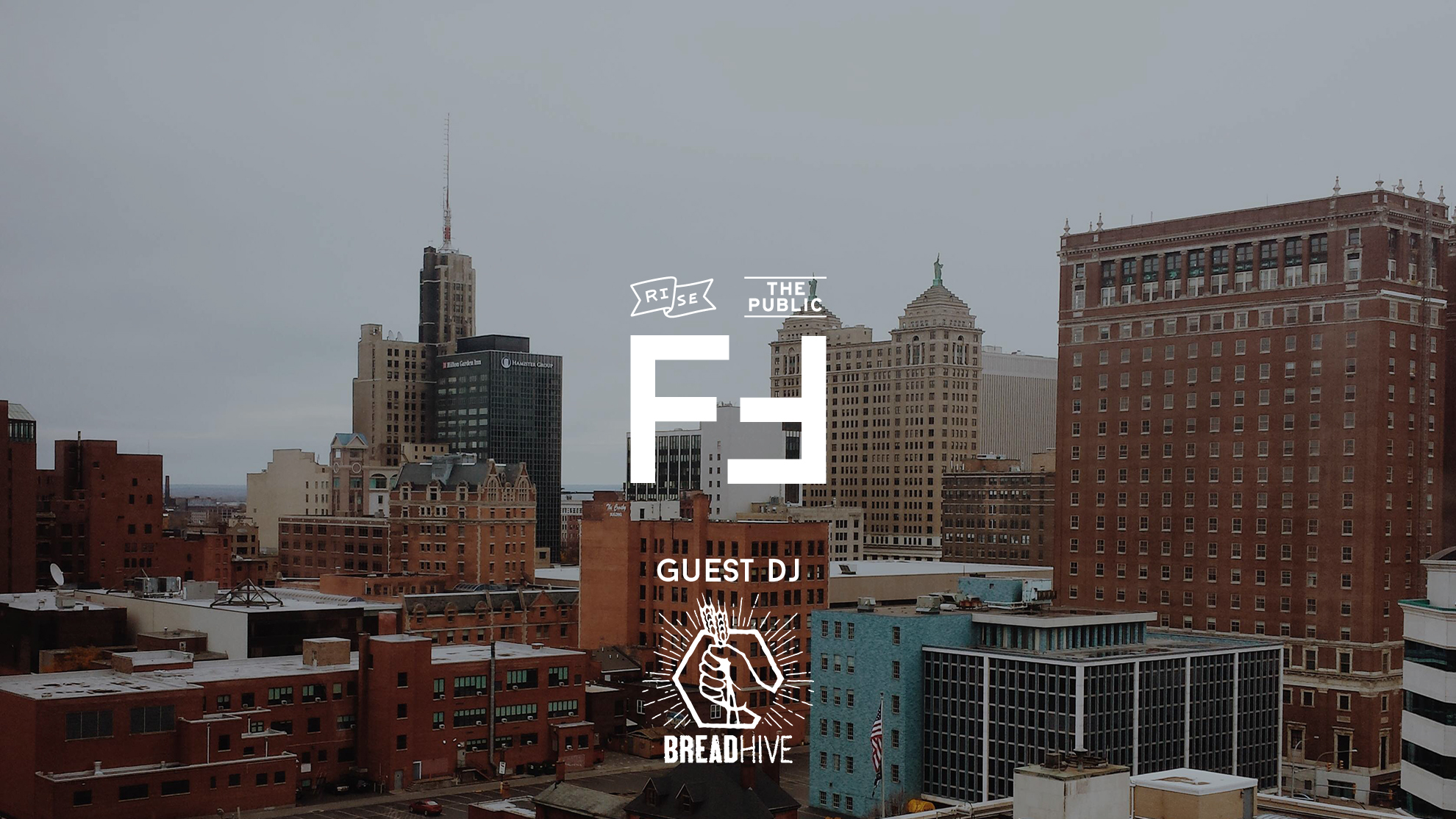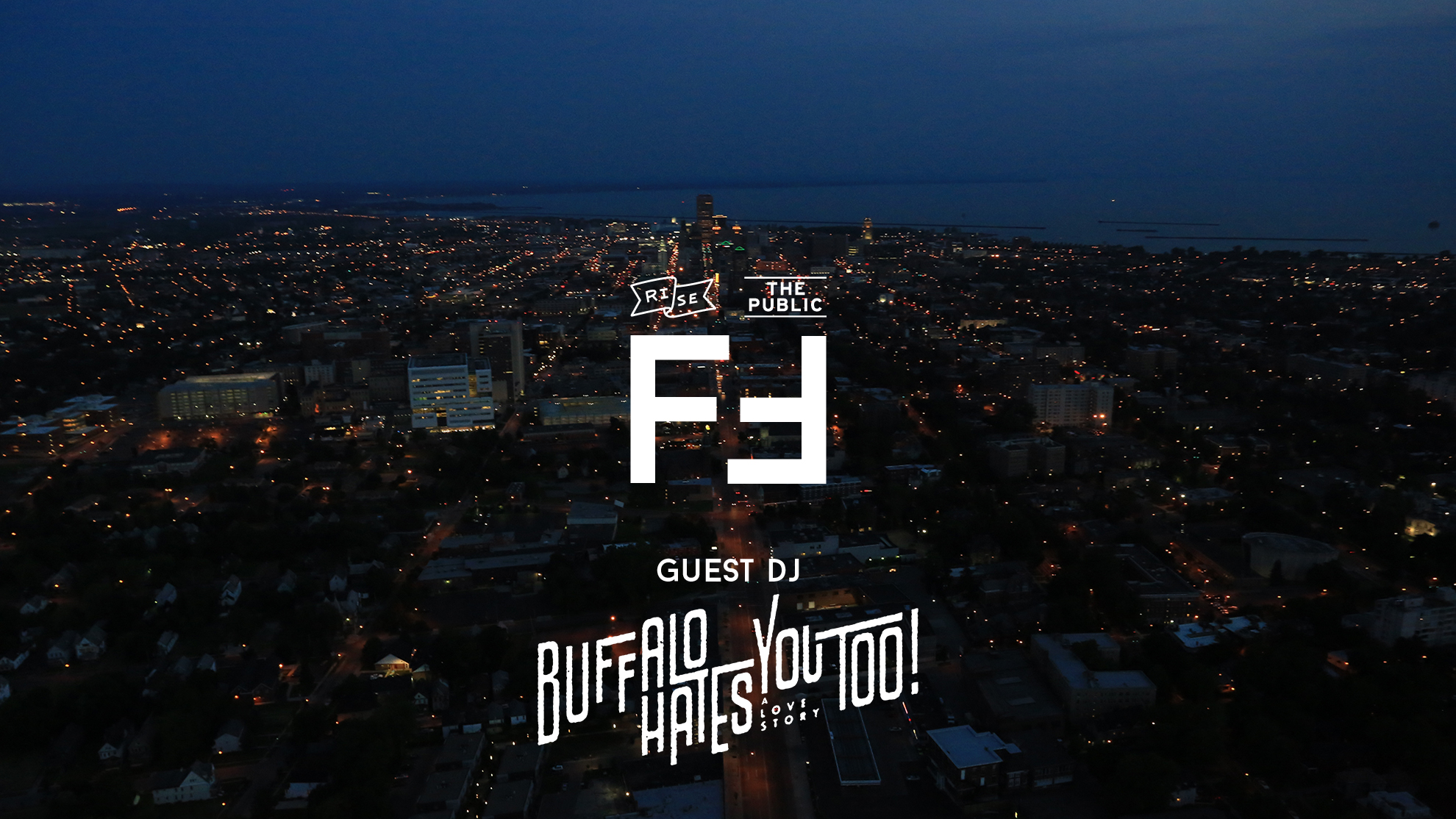By Sean Wrafter // Owner of Wrafterbuilt, a custom carpentry studio in Buffalo
I wanted to write an article about the East Side. Instead of retelling a story many may already know, I decided to write a brief description of some of my encounters as a guy from a very small rural town who wound up owning his own business here. This neighborhood is right in the middle of the 1.3 million residents of Erie and Niagara County, yet very few people ever visit.
Let me be clear: no neighborhood in Buffalo is perfect, but the communities surrounding my shop face more challenges than others. People who do not spend time here have come up with a dictionary of derogatory terms for the cluster of neighborhoods that comprise roughly one third of our entire city. Painting with such a broad stroke contributes to the idea that everything east of Main St is hopeless, unable to be saved, not worth trying, and worst of all, forgotten when talking about Buffalo’s turnaround.
I opened up my shop here three years ago. Rent is cheap. Scattered around are others like me, taking advantage of large, very affordable spaces that previously employed many more people. My first few visits through the neighborhood revealed empty lots and boarded windows. With one of the lowest graduation rates in the country, crime does occur. Thankfully, I can say that I have never been a victim of it or have felt threatened myself.
I didn’t get to know the neighborhood by watching the news every night. There are hard-working people here that are worth getting to know in person. By my third trip to the corner store, I was on a first name basis with the owners and the regulars. I get some of the most delicious lunches in the city on Fillmore Ave every day.
These neighborhoods are complex and diverse. Good news mixes with bad. Some have given up hope. There just aren’t many jobs nearby or visible progress being made – but that doesn’t stop others from becoming heavily involved in their communities. Churches are very popular and highly active. It is amazing to see the amount of people that will fill a church on a Wednesday evening in the middle of the summer.
Refugees have discovered a place in the United States where you can buy a house for $20,000 and they keep growing in numbers. They put work, time, and money into these homes and are helping to improve neighborhoods and raise property values. On some streets, this new money and energy seems to have re-inspired long-time residents to do the same.
The big question from urban enthusiasts always revolves around “What to do with the East Side?” I don’t think there is any magic pill that can cure every problem of a poor urban neighborhood. What I do believe is that more trade and industrial jobs that pay a living wage would help lift this community back up. There are plenty of former manufacturing zones that are deserving of state aid to get up and running again. In my observation, when people have decent jobs, they care about where their money goes – which is often back into their own community.
I certainly don’t know everything, even if I often act like I do. After spending three years in a neighborhood so quickly written off by many, I can say without hesitation that this place, like other areas, is filled with people and therefore remains relevant.




